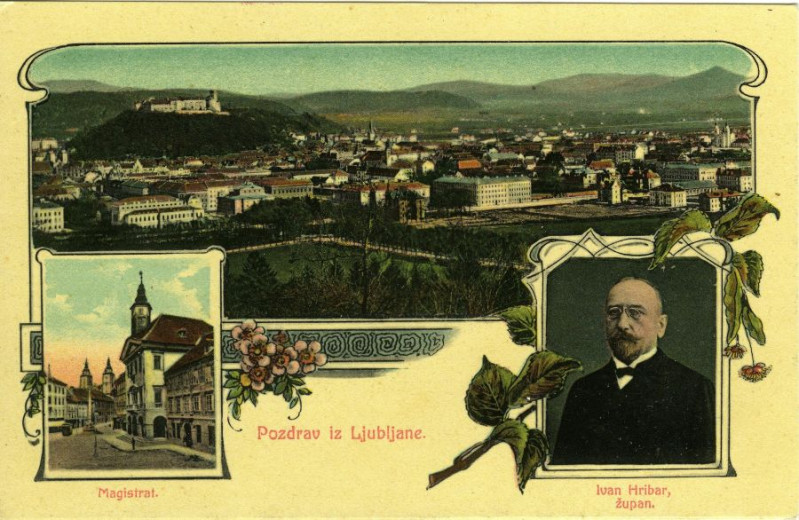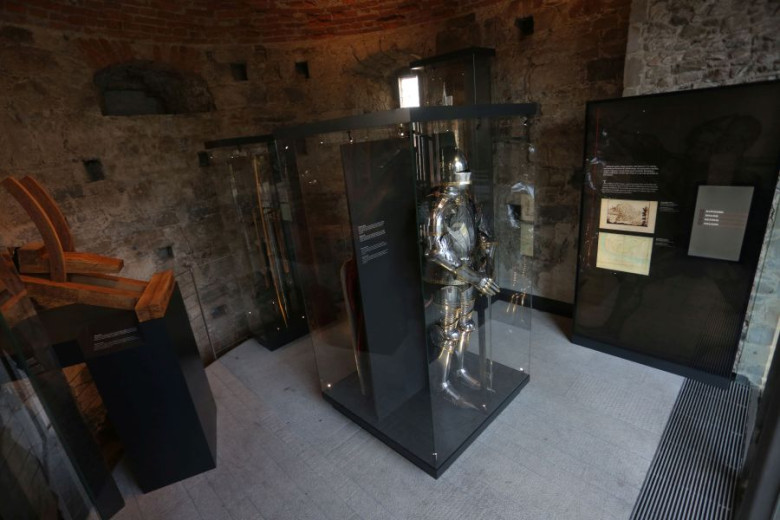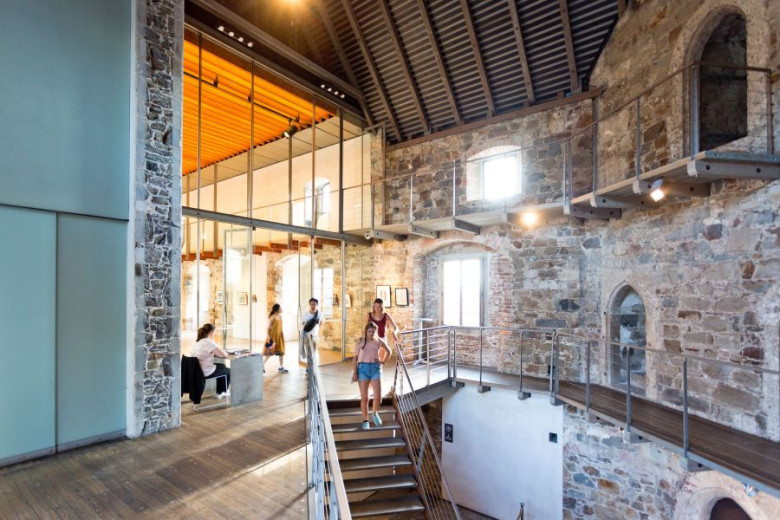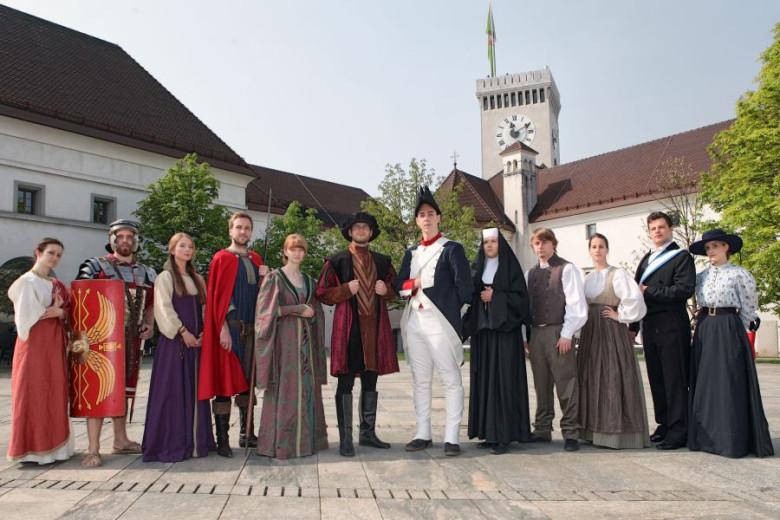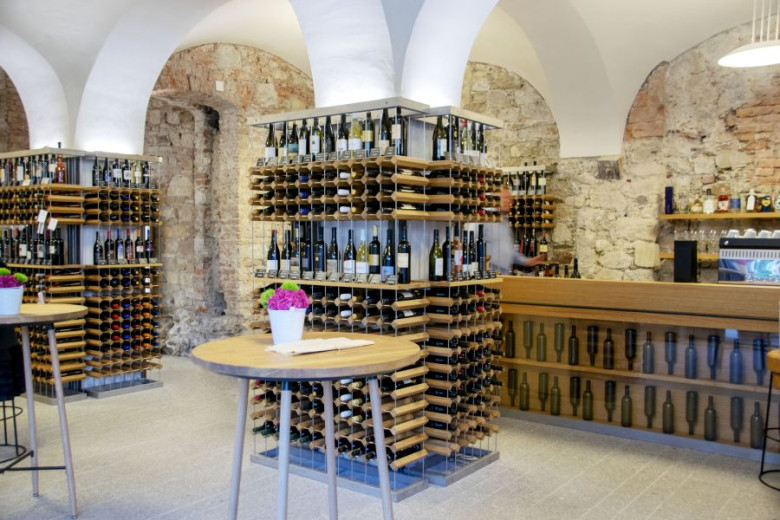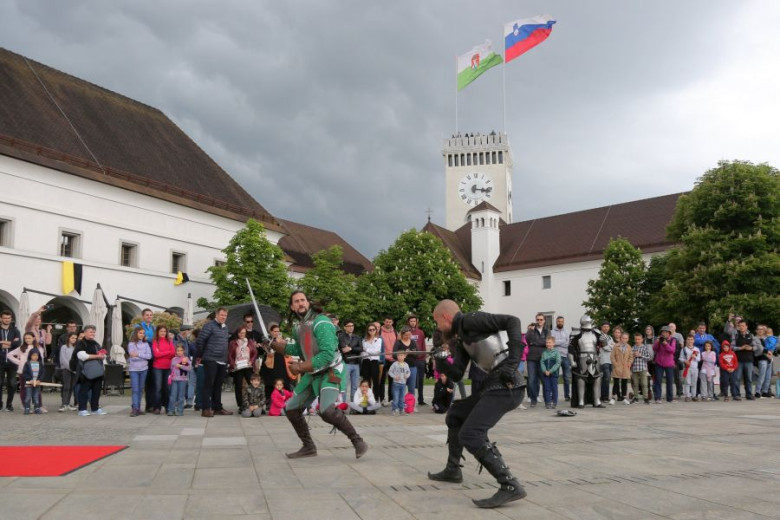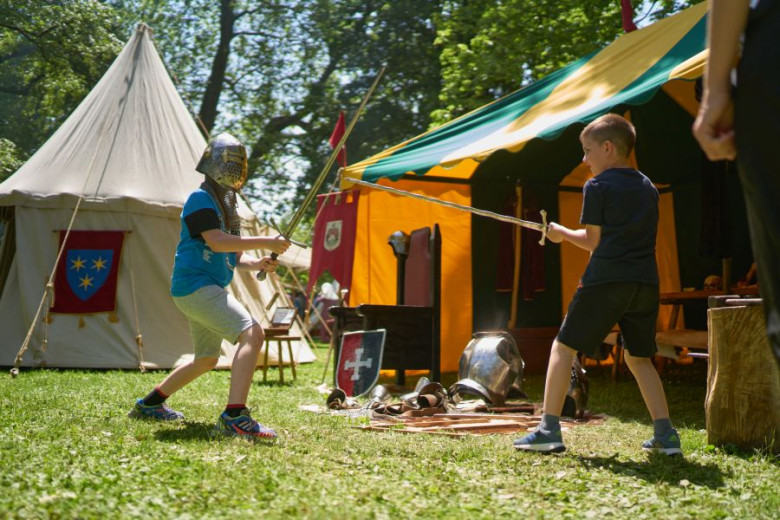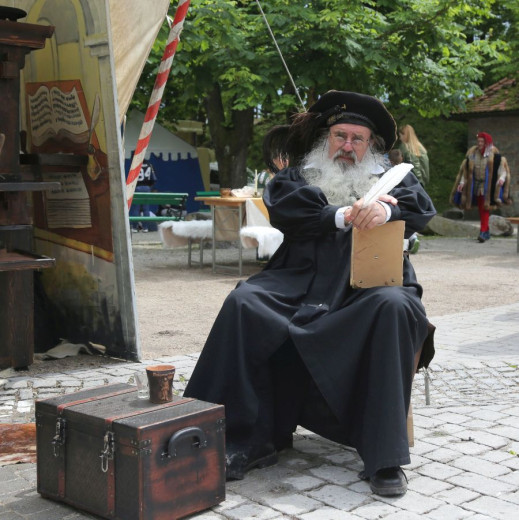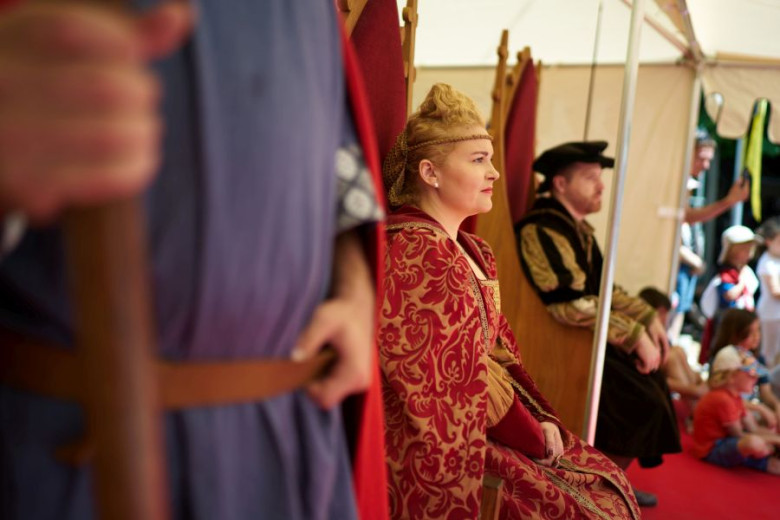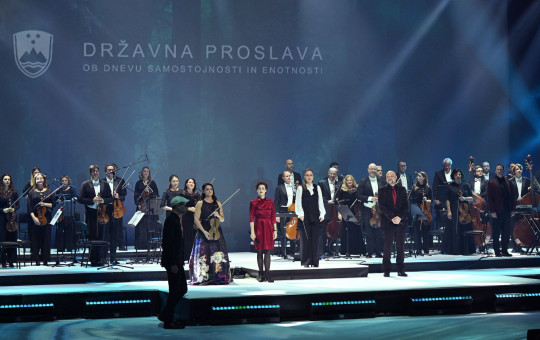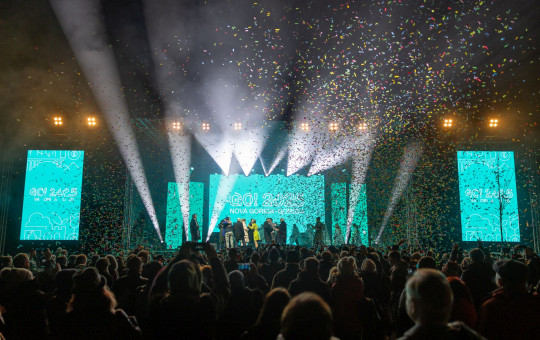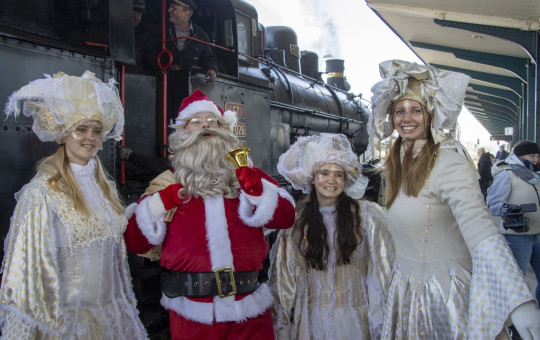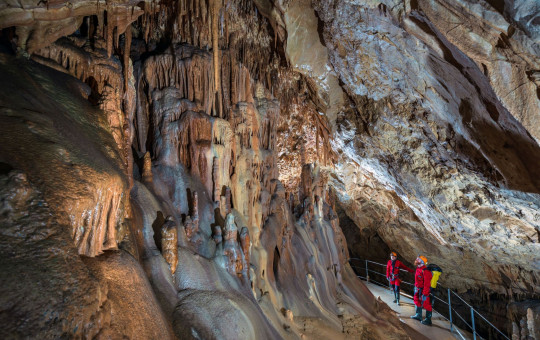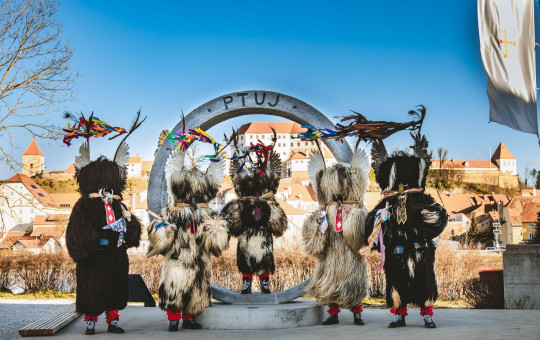Date: 15. May 2024
Time to read: 2 min
Ljubljana Castle is one of the most prominent sights of Ljubljana and an important cultural venue. It bestows a special magic touch on the Slovenian capital. Castle Days take place every May to commemorate 16 May 1905, when the mayor at that time, Ivan Hribar, purchased the castle from the state authorities and began its renovation.
This visionary man had great plans for the fortress towering above the city. He thought the castle could become a cultural centre that would house museums, galleries, pleasant catering facilities, large halls for gatherings and dances, and serve as an important tourist attraction. However, his vision only took off in the mid-20th century.
Visionary mayor
In 1896, Ivan Hribar was unanimously elected mayor of Ljubljana for the first time. He remained in office until 1910. During his term, an electric tram system was introduced, and city power and gas plants, city baths and an almshouse were built. The Ljubljanica River was regulated, and he also earmarked funds for education and the building of schools.
Hribar was a nationally conscious Slovenian. The monuments to France Prešeren, Primož Trubar and Emperor Franz Joseph were erected during Hribar’s term of office.
He organised the city archives and founded a library. He advocated the founding of a Slovenian university and Slovenian museum. After the establishment of the Kingdom of Yugoslavia, King Alexander appointed Hribar a senator of the Kingdom of Yugoslavia between 1932 and 1938. Hribar published his thoughts about Slovenian culture and politics in several newspapers and magazines.
-
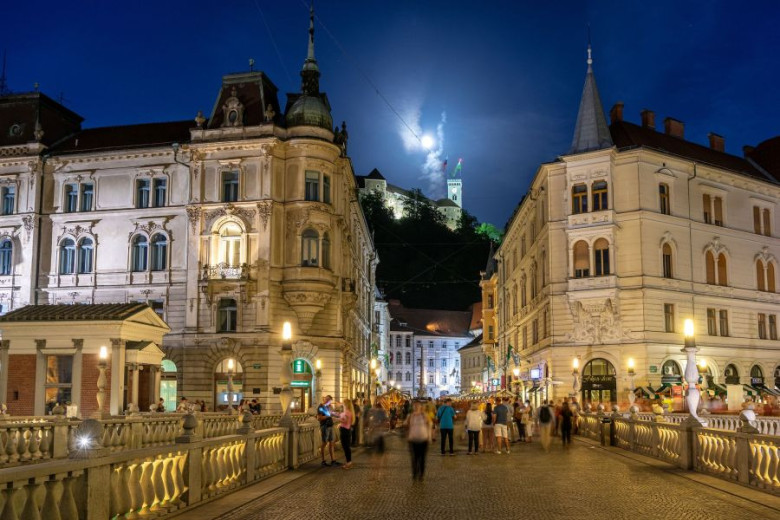 Ljubljana Castle is situated on the Castle Hill at a height of 376 metres. Photo: Andrej Tarfila/www.slovenia.info
Ljubljana Castle is situated on the Castle Hill at a height of 376 metres. Photo: Andrej Tarfila/www.slovenia.info
-
 Ljubljana Castle, standing on a hill above the city for about 900 years, is Ljubljana's main attraction with numerous internationally recognized sustainability certifications. Photo: Nik Kurnik/www.slovenia.info
Ljubljana Castle, standing on a hill above the city for about 900 years, is Ljubljana's main attraction with numerous internationally recognized sustainability certifications. Photo: Nik Kurnik/www.slovenia.info
History of the castle
Archaeological research revealed that the area of the castle complex has been settled continuously since 1200 BC, when the first settlements and fortresses were built. The first wooden castle was supposedly constructed on the Castle Hill in the 11th century. The second castle stronghold was made of stone by the House of Sponheim, a medieval German noble family, who granted Ljubljana city trading rights. The castle changed its original appearance in the 15th century.
The facilities bordering on the present-day courtyard and forming the entire present castle complex were gradually built in the 16th and 17th centuries.
Due to its declining administrative significance, the building started to decay slowly.
At the beginning of the 19th century, the authorities established a prison and a partial military fort in the castle. After 1905, the City Municipality of Ljubljana arranged apartments in the castle for its citizens, who remained there until the mid-1960s when preparations for its renovation began. Renovations continued for more than 30 years.
Wedding ceremonies, exhibitions, events and other gatherings are now organised at the castle. Thus, Hribar’s dream has finally been realised after more than 100 years.
Castle attractions
Many new castle attractions are being developed in addition to the legends and interesting curiosities that may or may not be true, e.g. the story about Erazem of Predjama who escaped the castle prison through a toilet and was later shot in the toilet at his Predjama Castle near Postojna, and the stories about the hidden castle well, the Roman temple, castle pipers and a secret tunnel.
Next to the drawbridge, roses have been planted in the flower planters. These white roses were grown in Germany specifically for Ljubljana to mark the occasion of the city being named European Green Capital 2016. A cutting from the oldest grapevine in the world, from Maribor’s Lent, was planted by the castle wall, as a sign of friendship between both cities. Up to ten litres of Žametna Črnina is produced every year. The wine bottles, designed by the sculptor Oskar Kogoj, are a protocol gift to statespersons, royal families and other dignitaries.
Furthermore, there is also a vineyard that annually produces some 400 litres of wine which is stored in the castle cellar.
Castle Days
All castle stories and legends are brought to life every May, on the occasion of the anniversary. A medieval camp is set up on the Castle Hill, where various scenes from castle life unfold. In two days, the visitors can learn about castle dances, observe falconers and admire falcons flying over Ljubljana Castle, watch the fencing of knights, try on armour and enjoy the shenanigans of jugglers and performances by magicians.
They can also taste medieval cuisine prepared in a contemporary way. Children can have fun with face painting and circus performances. Free tours of the castle are also available.
Ljubljana is an interesting city, especially that part of its history told by the Castle Hill. Everyone who has visited the Castle Days returns time and again.

